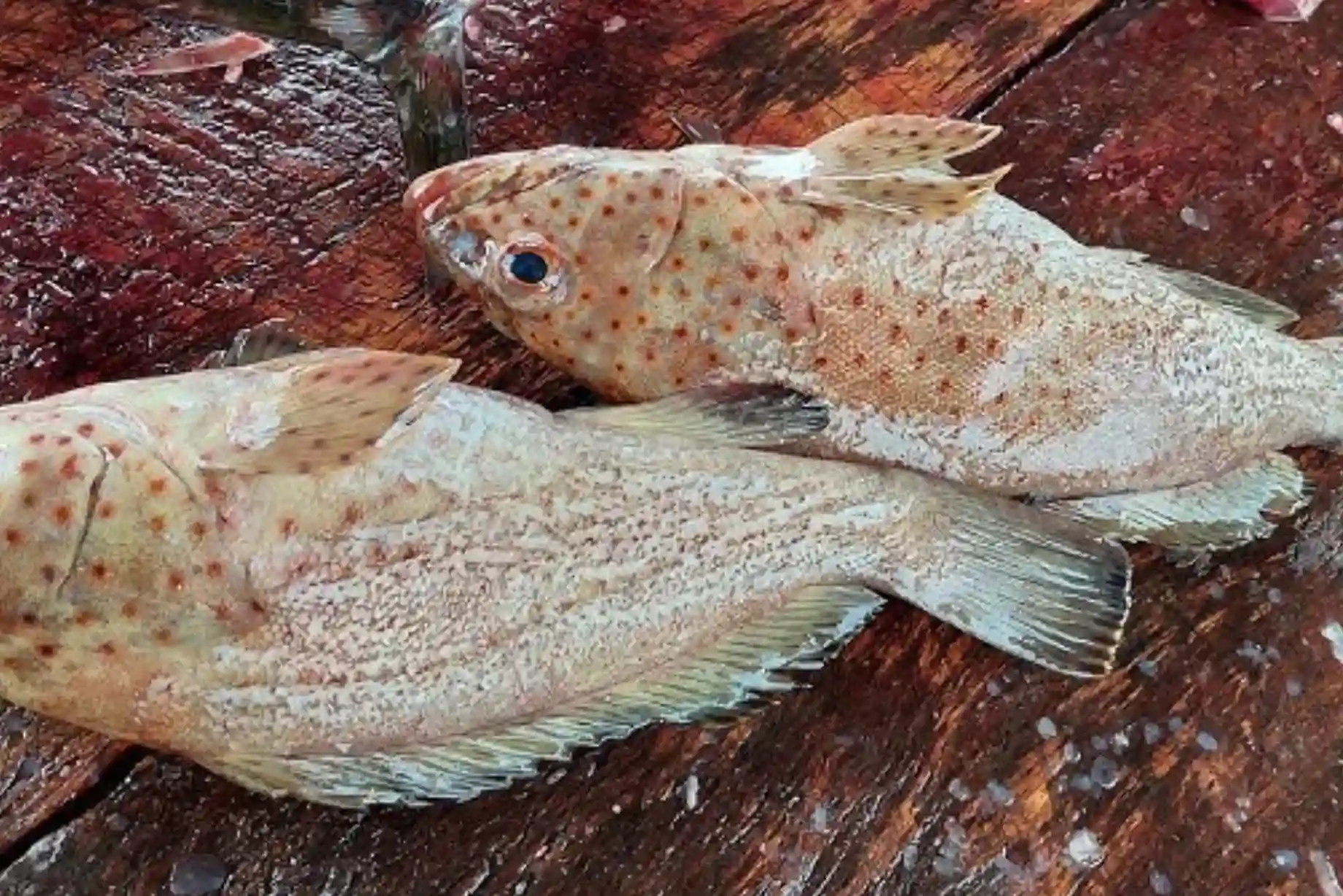The UAE has long celebrated its Seafood Culture, with hamour fish standing out as one of the most prized choices. Known for its nutritional richness and cultural significance, hamour is not just a delicacy but also a source of health and sustainability. Today, we’ll explore tested and approved hamour fish benefits in UAE with authentic insights, regional statistics, and expert-backed recommendations.
Nutritional Value of Hamour Fish
Quick Answer: Hamour fish is packed with protein, omega-3 fatty acids, vitamins, and minerals that support a healthy lifestyle.
Hamour is a lean white fish popular in Abu Dhabi, Dubai, and Sharjah markets. According to the UAE Ministry of Climate Change and Environment, seafood consumption per capita in the Emirates exceeds 28kg annually, with hamour being a frequent choice.
Nutritional highlights:
-
High-quality protein (supports muscle growth and repair)
-
Omega-3 fatty acids (boosts brain and heart health)
-
Vitamin D (supports bone strength, especially crucial in sunny but indoor-based UAE lifestyles)
-
Minerals like selenium and iodine (essential for thyroid health)
Hamour Fish Benefits for Heart Health
Quick Answer: The omega-3s in hamour fish lower cholesterol and support cardiovascular wellness.
Medical experts, including cardiologists at Sheikh Khalifa Medical City, emphasize that omega-3 intake is vital for UAE residents, where urban diets often rely heavily on processed foods. Adding hamour to the diet helps reduce triglycerides and prevent arterial stiffness.
Hamour Fish for Brain Development
Quick Answer: Omega-3 fatty acids in hamour support memory, focus, and brain growth.
UAE schools often highlight the importance of seafood in children’s diets. Studies by the Dubai Health Authority confirm that children who consume fish twice a week show improved cognitive performance. For working professionals in fast-paced hubs like Dubai Internet City, hamour is a brain-boosting food that aids concentration.
Role in Supporting Healthy Skin
Quick Answer: Nutrients in hamour promote radiant skin and delay aging signs.
With the UAE’s climate exposing residents to heat and dryness, dietary support is crucial. The Vitamin E and antioxidants in hamour improve skin elasticity and reduce UV-related damage—making it a natural choice for residents in Fujairah and Ras Al Khaimah.
Sustainable Fishing Practices in UAE
Quick Answer: The UAE enforces strict rules to maintain hamour sustainability.
Hamour was once overfished, but the UAE government, through initiatives like the Ministry of Climate Change and Environment (MOCCAE) and Emirates Nature-WWF, has enforced seasonal bans and restocking programs. Aquaculture centers in Umm Al Quwain now help breed hamour sustainably, ensuring future generations can enjoy this cultural treasure.
For a deeper dive into sustainable practices and feeding patterns, you can explore authentic insights on Hamour Fish Benefits that highlight how dietary approaches affect fish quality.
Hamour in Emirati Cuisine
Quick Answer: Hamour is a staple in traditional and modern UAE dishes.
From classic Samak Mashwi (grilled fish) in Sharjah to fine-dining seafood recipes in Dubai Marina, hamour has a special place in Emirati kitchens. Its mild flavor makes it versatile—grilled, fried, baked, or added to curries.
UAE Episode and Knowledge Sharing
Quick Answer: UAE platforms help spread awareness about hamour’s cultural and health value.
Digital hubs like UAE Episode actively share lifestyle, health, and cultural insights, making local traditions more accessible to youth. This helps bridge the gap between sustainability goals and public awareness.
Government and Youth Development Programs
Quick Answer: UAE promotes youth-led research on marine resources.
Initiatives under the Sharjah Research, Technology and Innovation Park (SRTIP) and Ignite’s National Technology Fund empower young innovators to explore aquaculture technology. A CEO of Ignite once noted: “We see marine sustainability as a tech frontier where youth can merge tradition with innovation.”
These projects not only protect hamour stocks but also create career paths in biotech, AI, and environmental monitoring.
Regional Case Study: Abu Dhabi’s Aquaculture Growth
Quick Answer: Abu Dhabi leads in sustainable hamour production.
The Abu Dhabi Aquaculture Program focuses on breeding grouper species like hamour in controlled environments. With over 3,500 tonnes of fish farmed annually, this program helps reduce pressure on wild stocks while meeting local demand.
Final Thought
As a UAE-based observer, I’ve seen how hamour represents more than just a fish—it reflects a lifestyle, a history, and a responsibility. Balancing health benefits with sustainability is the key. From a personal perspective, I believe that eating hamour not only nourishes the body but also connects us to the region’s maritime heritage. With tech initiatives like Ignite and STZA shaping the future, and with platforms like UAE Episode raising awareness, the hamour fish story is one that blends tradition with progress.
FAQs
Q1. Is hamour fish safe to eat regularly in UAE?
Yes, hamour is safe and nutritious if sourced sustainably and consumed in moderation.
Q2. How does hamour compare to salmon or tuna?
Hamour has a milder flavor and lower fat content, but it’s equally rich in protein and minerals.
Q3. Are there seasonal bans on catching hamour in UAE?
Yes, the MOCCAE enforces seasonal bans to protect breeding cycles.
Q4. Can children eat hamour fish?
Absolutely, hamour is excellent for children due to its omega-3 benefits for brain development.
Q5. What is the price of hamour in UAE markets?
Prices vary by season, but typically range between AED 45–70 per kg.
Q6. Does farmed hamour taste different from wild-caught?
Farmed hamour is similar in taste but is often leaner and more sustainable.
Q7. How does UAE ensure hamour sustainability?
Through aquaculture programs, seasonal bans, and public awareness campaigns.







